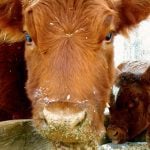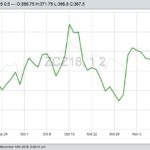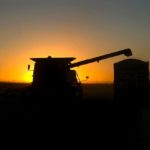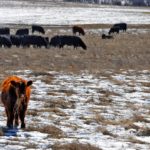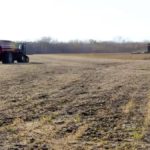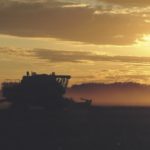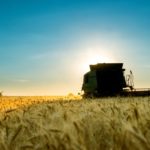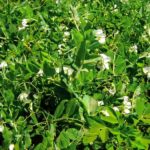CNS Canada — With Midwestern harvest operations nearing completion for the year, rangebound U.S. grain and oilseed markets are looking for fresh news to provide direction. Soybean, corn and wheat futures all remain stuck in relatively sideways trading patterns and “the only thing that will change that is an adverse situation in South American weather, […] Read more
